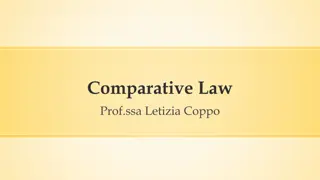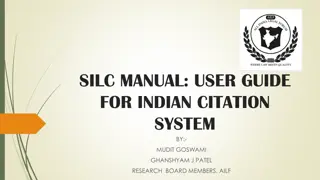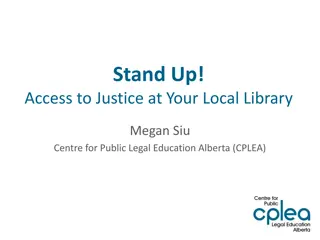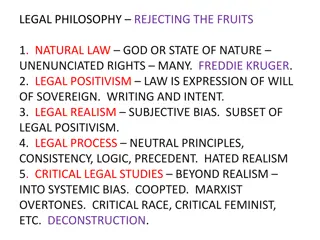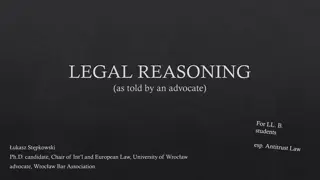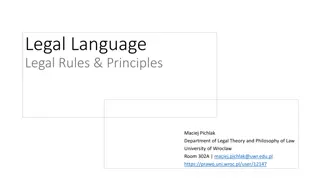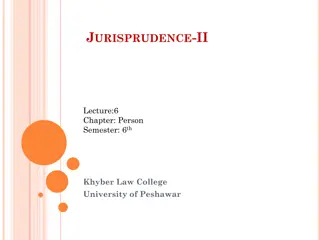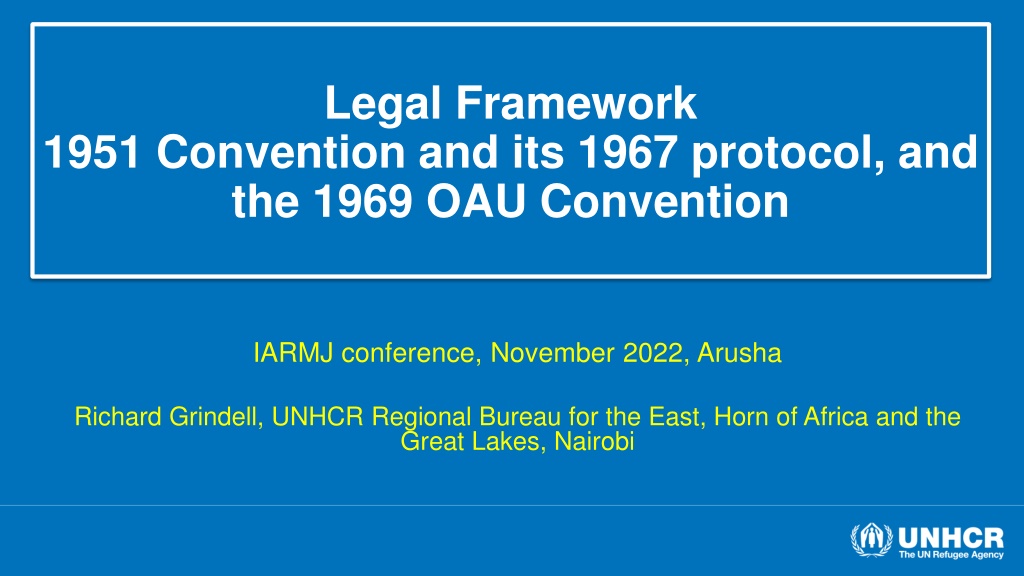
Understanding International Protection and Refugee Definitions
Explore the concepts of international protection and refugee definitions under the 1951 Convention, 1967 Protocol, and the 1969 OAU Convention. Learn about the rights to seek asylum, the criteria for refugee status, and the obligations of states to offer protection to those in need.
Download Presentation

Please find below an Image/Link to download the presentation.
The content on the website is provided AS IS for your information and personal use only. It may not be sold, licensed, or shared on other websites without obtaining consent from the author. Download presentation by click this link. If you encounter any issues during the download, it is possible that the publisher has removed the file from their server.
E N D
Presentation Transcript
Legal Framework 1951 Convention and its 1967 protocol, and the 1969 OAU Convention IARMJ conference, November 2022, Arusha Richard Grindell, UNHCR Regional Bureau for the East, Horn of Africa and the Great Lakes, Nairobi
What is Protection? All activities aimed at ensuring full respect for the rights of the individual in accordance with the letter and the spirit of the relevant bodies of law (i.e. human rights law, humanitarian law and refugee law) Inter-Agency Standing Committee (IASC)
International Protection Protection offered by a State to foreign persons because their human rights are being threatened or violated in their country of nationality or habitual residency, and where they cannot obtain the due protection.
Right to seek and enjoy asylum Article 14, Universal Declaration of Human Rights, Article 14 Everyone has the right to seek and to enjoy in other countries asylum from persecution In Africa, Article 12(3), ACHPR Every individual shall have the right, when persecuted, to seek and obtain asylum in other countries in accordance with the law of those countries and international conventions.
Refugee definition under 1951 Refugee Article 1A(2) read in conjunction with Protocol 1967 any person who owing to a well-founded fear of being persecuted for reasons of race, religion, nationality, membership of particular social group or political opinion, is outside the country of [their] nationality and is unable or, owing to such fear, is unwilling to avail [themself] of the protection of that country; or who, not having a nationality and being outside the country of his former habitual residence is unable or, owing to such fear, is unwilling to return to it.
Refugee definition under 1969 OAU Convention Governing the Specific Aspects of Refugee Problems in Africa Article I(2): definition of a refugee - includes 1951 Convention refugee definition - Plus: every person who, owing to external aggression, occupation, foreign domination or events seriously disturbing public order in either part or the whole of his country of origin or nationality, is compelled to leave his place of habitual residence in order to seek refuge in another [country]
Refugee versus Asylum-seeker Refugee Asylum-seeker General term for any person who is seeking asylum: Legal term for any person who meets the eligibility criteria under an applicable refugee definition, for example Article 1A(2) of the 1951 Refugee Convention. A person is a refugee as soon as they fulfil the criteria (declaratory character) Occurs prior to a formal determination a person who has applied for asylum (incl. refugee status) and has not yet received a final decision on their application, or a person who has not yet submitted an application but may intend to do so, or may be in need of international protection. not every asylum-seeker will ultimately be recognized as a refugee, but every refugee is initially an asylum-seeker. Effective application of the Refugee Convention requires to treat asylum-seekers as if they are refugees, until it is determined they are not, but access to rights is relative.
Thank you Questions?




